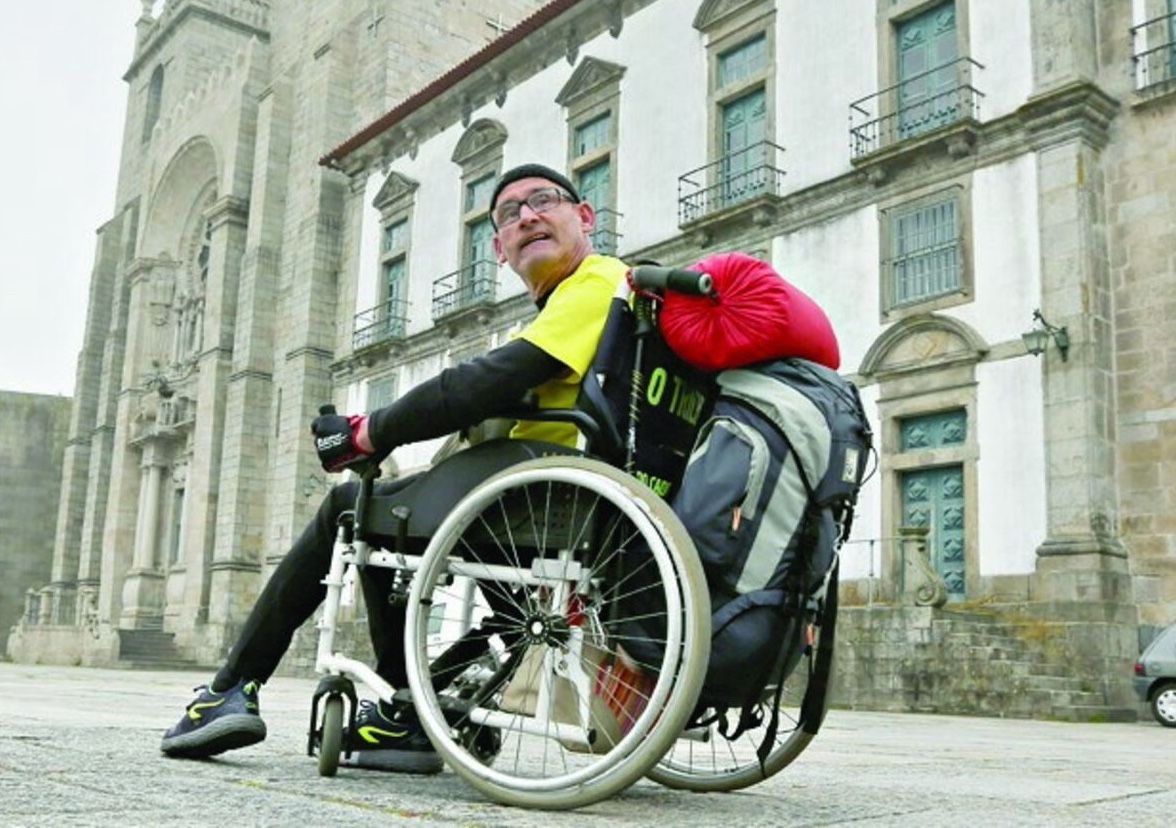Project aims to make the Camino de Santiago more accessible and inclusive
Every year, thousands of pilgrims travel the Camino de Santiago with the goal of reaching the Cathedral of Santiago de Compostela. Despite its growing popularity, this route still presents significant challenges for people with disabilities.
To address these difficulties, the project “InCASA – Inclusive Camino de Santiago: An accessible journey for all” was launched. Coordinated by the University of Burgos in Spain, it involves various institutions from countries such as Portugal, Spain, Poland, Slovenia, and Romania. Atlântica – Instituto Universitário (an universitary institute) represents Portugal in this collaboration. Lasting two years, the initiative’s primary goal is to make the Camino accessible to all pilgrims, regardless of their limitations.
The project, still in its early stages, aims to achieve three specific objectives. First, a mobile application will be developed to provide detailed information about the route, helping pilgrims with special needs plan their journeys. Second, a training platform with free resources will be created for caregivers, youth workers, and professionals from associations organizing pilgrimages for people with disabilities. Finally, the project will culminate in a pilot pilgrimage involving young people with physical limitations, allowing the application to be tested and the results of the developed initiatives evaluated.
Recent data collected in focus groups held in Portugal, Spain, Poland, Slovenia, and Romania highlighted the main difficulties faced by pilgrims with disabilities. These include a lack of facilities for wheelchair users, the need to integrate personal assistants for daily support, and environmental and architectural challenges along the route. These obstacles were categorized as environmental, architectural, ecological, and legal barriers, underscoring the urgency of improving the Camino’s accessibility.
The InCASA project thus emerges as a concrete response to these needs, promoting inclusion while enabling more pilgrims to experience the transformative journey that the Camino de Santiago represents.
Source: Publituris
